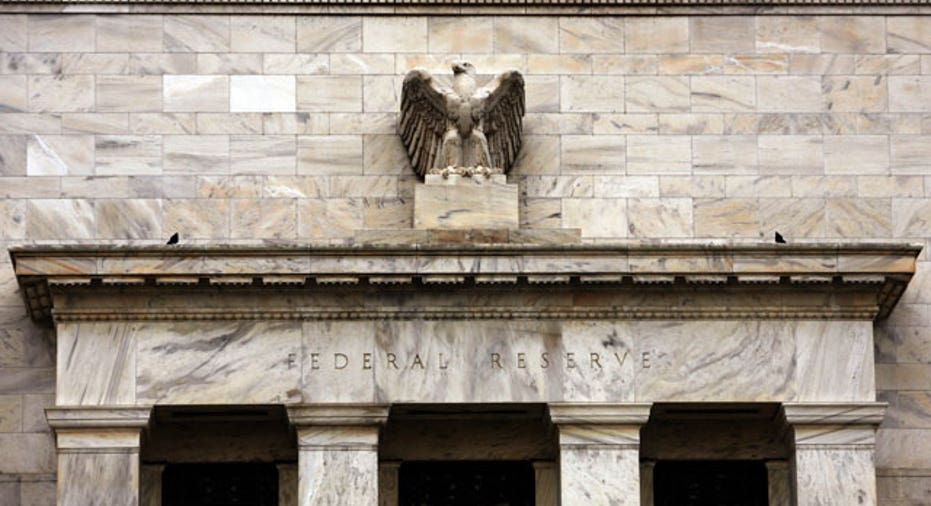Fed Likely to Disappoint the Markets

Expectations for significant action by the Federal Reserve today have dampened as investors prepare for disappointment.
In recent days, the markets seemed to be ramping up for a big announcement from the Federal Open Market Committee, which wraps up two days of meetings on Wednesday. There was a lot of talk of another round of quantitative easing, in which the Fed buys government bonds in an effort to stimulate growth.
Now the expectations have been lowered, which likely means the disappointment will translate into less of a market selloff once the Fed announces its plans at 2:15 p.m. EST.
“The Fed is highly unlikely to take any action,” said Peter Tchir, founder of TF Market Advisors in Connecticut.
Tchir said the Fed is likely waiting to see what the European Central Bank decides at its meeting, which wraps up tomorrow. If the ECB acts decisively it will take pressure off the Fed to provide more stimulus, he said.
“I expect the Fed to release a very dovish statement. They will be more dovish than last time, but mention they are vigilant and that they see some signs that the Q2 weakness is diminishing. The market won’t like it, but they won’t hate it either,” Tchir added.
Many analysts have acknowledged that monetary policy alone isn’t enough to fix the myriad problems that are holding back a full-fledged economic recovery in the U.S. And it’s not as if the Fed hasn’t tried. Since 2008 the Fed has kept interest rates at the historically low range of 0-0.25%, and pledged to maintain those low rates until the end of 2014. In addition, the Fed has purchased nearly $3 trillion in securities via two earlier rounds of quantitative easing.
In spite of these measures, the economy is still sagging. Unemployment remains above 8% and each of the last four monthly jobs reports has been disappointing. Last week the government reported that GDP had slowed to 1.5%, down from 2% during the first quarter. Simply put, the economy isn’t growing fast enough to generate the number of jobs needed to reduce the unemployment rate.
The economy provided more mixed data on Wednesday. The private sector added 163,000 jobs in July, according payroll processor ADP. Analysts had been expecting an increase of 120,000. The June increase was, however, revised down to 172,000 from 176,000.
This report comes ahead of the important monthly employment report from the Labor Department on Friday. Recent data have shown the jobs market failing to pick up steam quickly enough to materially drive down the unemployment rate. The last four monthly reports have all disappointed.
Meanwhile, the U.S. manufacturing sector shrank for the second month in a row in July as new orders improved modestly but employment dropped to a 2-1/2-year low. The Institute for Supply Management said its index of national factory activity inched up to 49.8 from 49.7 in June, shy of economists' expectations for 50.2. A reading below 50 shows contraction in the sector.
And the Big Three auto makers reported disappointing July sales.
In any event, the expectation for Wednesday is that the Fed could do something without really doing anything. For instance, an announcement that interest rates will remain low until 2015 rather than 2014.
Quantitative easing will have to wait until September, if it happens at all.



















